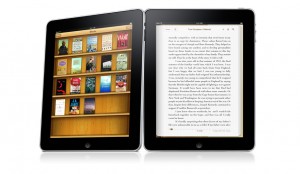
It’s the best thing I’ve ever bought. One of the main things that’s transformed for me that I didn’t foresee that it hasn’t just transformed book reading, but it’s transformed web reading as well. If you’re reading this post on a desktop, you’ve got links in the sidebar, calling out for your attention. One hand is probably on the mouse waiting to click away if it’s not interesting enough. With the iPad – the web renders the same as a book, so the text of a post fills up the entire screen. The somewhat awkardness of having to poke links with your finger is actually beneficial – I’m not constantly clicking away from something before I’ve had a chance to fully absorb what I’ve read.
This may sound sort of minor, but it’s not. Maybe you have better browsing habits than I do. But with the sheer volume of information, it’s not uncommon to read something half-heartedly and think, Next. There’s something transformative about using the same device to read the web that you’re using to read books.
And the same goes for writing. I’ve set it up with a keyboard like this. I intend on writing an entire novel on it, using Pages:
At first I was disappointed – it’s only possible to lock it into the dock in portrait mode, not horizontally like a computer monitor. But I’ve realized this is how it should be. My screen is now the size and shape of actual paper. There’s no desktop background beckoning me to distract myself. I’m focused better. This may make me sound pretty unfocused and scattered, but for me these small changes are fairly significant.
The writer of this excellent post about writing on the iPad suggests ditching the keyboard entirely and getting used to the on-screen keypad. I don’t see that happening. He also recommends 3G, which I didn’t do. Most anywhere I’m going to take it has Wifi, so the cheap version should be enough.
Maybe part of me is blown over because I’ve never had an iPhone, or any smartphone for that matter. Apps are a new thing, as is a touchscreen. The book reading experience is absolutely amazing. As a book reviewer, the ability to add bookmarks to a book along with notes – on the same device I’m reading – is more than just “convenient.” It enhances the entire experience.
On the negative side, one of the signs of a poorly printed book is if it’s printed on blinding white paper. The iPad does have this feel. Though you can switch to sepia mode, this isn’t quite ideal because reading brown print on a tan background seems a little off. Black print on a tan background would be ideal.
Another negative – not having flash is a real problem. My own site is a total mess, as it’s full of Soundcloud embeds that don’t show up. I finally realized how my site renders and added additional links for iPad-only users. You really do need to think about this when putting together a site. Finally, having to shell out another $100 to upgrade my OS to work with the iPad is an annoying move by Apple, but it’s been worth it.
Some speculation: I’ve never understood how or why people read books on the small screen of an iPhone. Now I think I get it. In part, it’s because people are very attached to their iPhones – perhaps unhealthily so. They like getting texts, new phone calls – they feel connected. Reading on an iPhone continues that sense of connection. This might not be totally healthy, but that’s how people are becoming wired, and it could very well increase people’s reading.
The same goes for the iPad. At first, reading on the iPad was a little jarring. The screen is not dissimilar to reading off a standard monitor. But, again, this is a possible advantage. There’s less of a transition from computer/smartphone to book. It’s like a book meets the anesthetizing experience of TV. Some might consider this a total nightmare. It is and it isn’t. It’s not great news that people are so attached to screen-based media, but I predict this is going to increase reading by a lot. And not only on screens, but generally – for print books too. It gets people in the habit of reading, reminds them what a joy it can be. And it’s not like reading a book on an iPad is exactly like TV – it’s still sparking your imagination instead of having the imagination sparked for you.
Case in point, I’ve been reading the Alice in Wonderland book with my daughter. This will revolutionize children’s publishing. On the one hand, there’s a danger that she’ll become attached only to books that are fully interactive. I don’t think so – it just tells her that reading is a fun experience, rather than something you do for homework. It’s not like she’s skipping the pages that have no interaction – she’s reading everything. And the other night after we were done reading it together, she said, “I like reading.” It was a breakthrough – because this year I’ve been hoping she gets more into chapter-based books. We’ll see.
The kids in this article have had the same experience.
“It was like a breath of fresh air compared to my textbook,” said Teitgen, who lives in Pittsford, N.Y. “I was really amazed by all the things it could do. I just kept clicking so I could read more.”
Over time, this is going to increase people’s interest in reading, and that alone is a huge development. That the iPad also makes every ebook immediately accessible is a profoundly great experience.
The Critics
The critics of this device have been fairly off-base. I’ve heard people complain that it doesn’t work well with back lighting. This is absurd, as the book is internally lit so you can read it in the dark. I haven’t had much of a problem with glare. I respect Cory Doctorow a lot, but I don’t really agree with his post Why I won’t buy an iPad (and think you shouldn’t, either). While I agree with his complaints about built-in DRM, I don’t agree with this:
Then there’s the device itself: clearly there’s a lot of thoughtfulness and smarts that went into the design. But there’s also a palpable contempt for the owner. I believe — really believe — in the stirring words of the Maker Manifesto: if you can’t open it, you don’t own it. Screws not glue. The original Apple ][+ came with schematics for the circuit boards, and birthed a generation of hardware and software hackers who upended the world for the better. If you wanted your kid to grow up to be a confident, entrepreneurial, and firmly in the camp that believes that you should forever be rearranging the world to make it better, you bought her an Apple ][+.
This seems to apply to a tiny subset of people. I know if my computer breaks, I don’t break out the screwdriver, I take it straight to the people who know what the hell they’re doing. This hardly seems like a dealbreaker. He continues,
The way you improve your iPad isn’t to figure out how it works and making it better. The way you improve the iPad is to buy iApps. Buying an iPad for your kids isn’t a means of jump-starting the realization that the world is yours to take apart and reassemble; it’s a way of telling your offspring that even changing the batteries is something you have to leave to the professionals.
Yes, or it tells your offspring that they can create an app. Using and creating apps has unlimited potential for self-publishers and other creative types.
DRM isn’t even that big of an issue either. You’re only limited on the iPad by what you can download on your computer’s harddrive. You can add anything to iTunes and then sync it to the iPad. There may be DRM on apps, but the iPad is not a closed system – it’s connected to your computer. While some might complain that the iPad is tethered to iTunes (it is, after all, why I needed to upgrade my OS) it increases the iPad’s usefulness. I can download any DRM free epub and add it to iTunes.
My suspicion all along is that iPad criticism has been a lot about the idea of the iPad without the critics using it for a week and seeing what it can do. Is it perfect? No, but it’s progress.
Get an Editorial Review | Get Amazon Sales & Reviews | Get Edited | Get Beta Readers | Enter the SPR Book Awards | Other Marketing Services


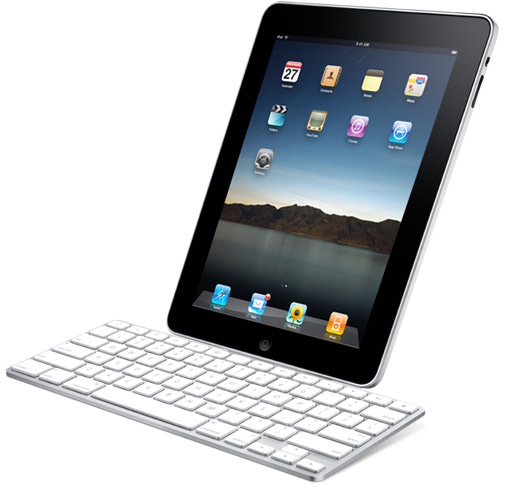

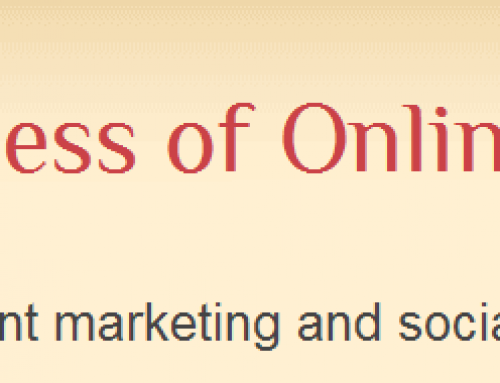
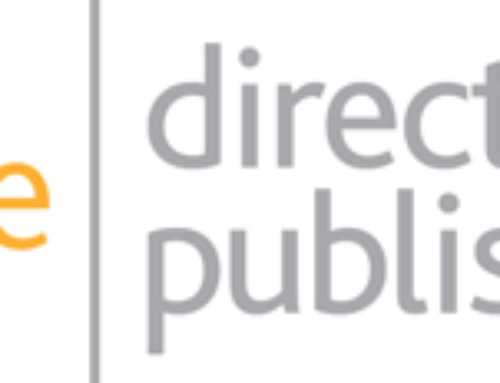
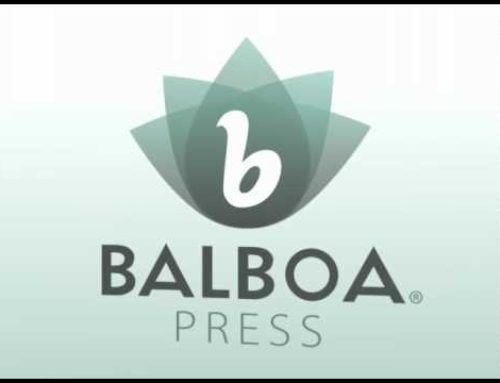


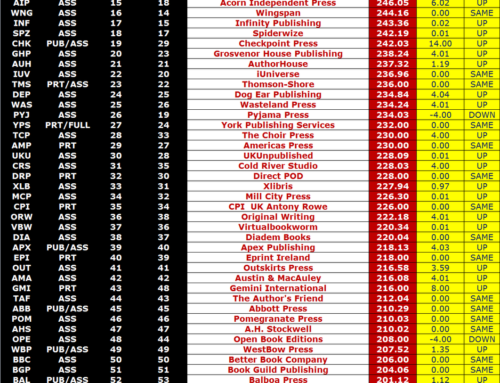





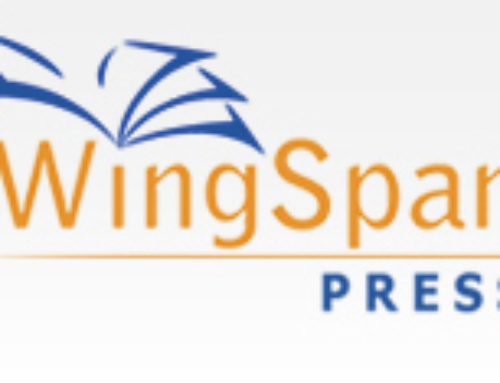
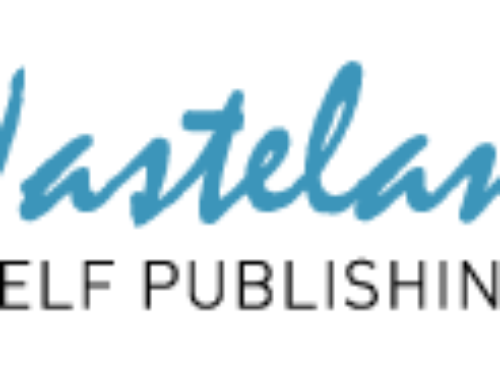






I really like your post. You bring up issues no one else has and admit the experience changed your mind in a lot of ways. I’ve seen some people have an iPad for a while and have it not penetrate their skulls at all. Too bad for them!
As for reading off a smartphone screen, hey, I read books off my LifeDrive screen — the same 320×480 of the iPhone (but far less aesthetically pleasing and far less smooth). Dedicated readers will bloody read, period.
I had my hands on an iPad for 5 minutes and came away thinking it was the greatest piece of technology ever – and it was only later that I realized how much better it was than that first impression – if that makes sense. After spending a few hours on my netbook the other day, I realized that I’d never touched the keyboard, using only the mouse – it was then that I realized how “perfect” the iPad was for consuming content. Our fingers are better than the mouse, and when you think about it that way, the iPad is how input should have been done all along.
I bought my iPad one week after the debut. I have not touched my iPod Touch since then, and gave my netbook away.
http://bookmakingblog.blogspot.com/2010/05/more-about-ipad.html
I don’t have an iPad. But I observed my 17-year-old granddaughter, visiting from Toronto the first week in April, as she tried out her new iPad purchased here in San Diego. (I forget if they weren’t available yet in Canada, or if they were way cheaper here; anyhow, she’d saved for months in anticipation of this purchase.) Heather is a voracious reader anyway, and has a laptop and cell phone, all the usual bells and whistles. The iPad is something much more fascinating and efficient than any of these, though. I bet her dad is going to have to buy one of his own pretty soon — she was having difficulty keeping hers away from him. And that’s not even to mention the 15-year-old brother.
At the very least, the iPad has got to be better for reading in bed than propping a 400-page book on your stomach. I wonder if I’ll start getting requests from Heather and her father for apps instead of the many books I usually send for birthdays. Maybe I’ll even have to get my own iPad to view the stuff before I send it…
I run into other writers weekly and they ask me to list the best points about this wonderful tool, over a laptop:
– instant on
– 10+ hours of battery life
– every ebook app (Kindle, Kobo, eReader) – I find the best deal and after purchase, I have it instantly.
– single focus writing, with no distractions on an aesthetically pleasing device.
I use a bluetooth keyboard, because I prefer to rest that in my lap at a coffee shop or couch. I’ve been able to hammer out pages of text on the screen in landscape mode when in the mood. And though I’ve kept my laptop, I haven’t spent 5 minutes in front of it since getting an ipad.
R.
Wonderful review – it’s changed the way I work, write & play
You might like my take on the iPad & a new made up word – iPadivity
http://www.thebookwright.com/2010/06/13/ipadivity/
Thanks for posting your thoughts. There’s no question that whatever its merits and deficits, the iPad raises the bar for Apple’s competitors in terms of design, quality, and user experience. I’m not a fan of the UI (or of the monocultural approach that has, admittedly, worked so amazingly well for Apple) — but I am committed to going paperless in 2011, and am excited for the impending glut of tablets about to hit the market. HP and Google seem particularly well-poised to compete. I’m ready to pounce on a WebOS / Android / ChromeOS tablet, provided it’s priced below $500 and has a decent screen size…
Dammit, just realized that sentence #3 of my previous comment parses like an episode of Fat Albert translated into Chinese. Oh well, it’s composed of two lucid thoughts, even if they are not connected in any discernable way.